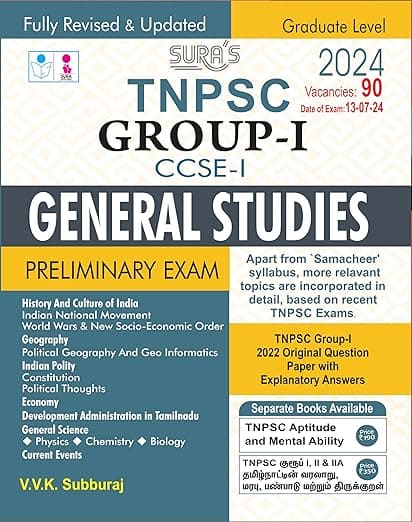Mamallapuram
- The iconic Shore Temple of Pallavas at Mamallapuram (Mahabalipuram) was constructed during the reign of Rajasimha (CE 700-728).
- The temple comprises three shrines, where the prominent ones are dedicated to Siva and Vishnu.
- The exterior wall of the shrine, dedicated to Vishnu, and the interior of the boundary wall are elaborately carved and sculpted.
- In southern India, this is one amongst the earliest and most important structural temples.
- Unlike other structures of the region, the Shore Temple is a five-storeyed rock-cut monolith.
- The monolithic vimanas are peculiar to Mamallapuram.
- The monolithic rathas are known as the Panchapandava Rathas.
- The Arjuna Ratha contains artistically carved sculptures of Siva, Vishnu, mithuna and dwarapala.
- The most exquisite of the five is the Dharmaraja Ratha, with a three-storied vimana and a square base.
- The Bhima Ratha is rectangular in plan and has beautiful sculptures of Harihara, Brahma, Vishnu, Skanda, Ardhanarisvara and Siva as Gangadhara.
- The most important piece of carving in Mamallapuram is the Descent of the Ganga (variously described as ‘Bhagirata’s Penance’ or ‘Arjuna’s Penance’).
- The portrayal of puranic figures with popular local stories reveals the skill of the artists in blending various aspects of human and animal life.
- The sculptural panel in the Krishna mandapa, where village life with cows and cowherds is depicted with beauty and skill, is yet another artistic wonder to behold.
Conclusion
- Rock-cut temples were common in the Pallava period.
- The structural temples and the free-standing temples at Aihole and Badami in the Deccan and at Kanchipuram and Mamallapuram provide testimony to the architectural excellence achieved during the period.
- The Deccan style of sculpture shows a close affinity to Gupta art.
- Pallava sculpture owed a lot to the Buddhist tradition.
- Yet the sculpture and the architecture of the Deccan and Tamil Nadu were not mere offshoots of the northern tradition.
- They are distinctly recognizable as different and have an originality of their own.
- The basic form was taken from the older tradition, but the end result unmistakably reflected its own native brilliance.










